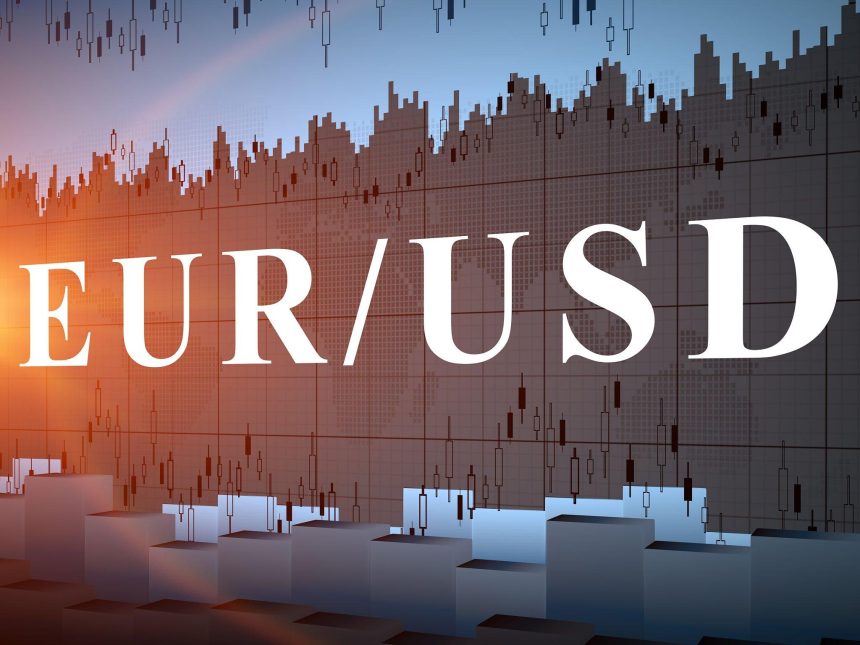EURUSD recovers and oscillates in the upper 1.0800s ahead of the Fed meeting on Wednesday.
On Wednesday, the EURUSD oscillated between moderate gains and losses, building a range in the upper 1.0800s after recovering from Tuesday’s 1.0830 lows on heightened expectations that the Federal Reserve (Fed) may decrease interest rates by June.
Central banks determine interest rates, which are a key driver of foreign exchange markets. Lower interest rates devalue a currency by drawing less foreign capital inflows, and vice versa.
Increased interest rates.
EURUSD rises as June bets increase.
EURUSD has rebounded slightly ahead of the Federal Reserve’s March Federal Open Market Committee (FOMC) meeting on Wednesday, with the results revealed at 18:00 GMT. The odds that the Fed will begin decreasing interest rates – now at 5.25%-5-50% for the Fed Funds Rate – by June are increasing.
The CME FedWatch Tool, which utilizes Fed Fund Futures to evaluate the probability of future changes in the Fed Funds Rate, predicts the Fed will decrease rates by 64.0% in June and 78.9% in July.
This represents an increase from Tuesday’s figures of 55.1% and 73.7%. This shift in expectations could account for the recovery in EURUSD. Which measures the The worth of one euro in US dollars.
Speculation is growing that the Fed may change the number of interest rate cuts it plans to undertake in 2024.
The Fed’s forecasts could alter.
The Fed is not expected to change interest rates at this meeting. But it may update its quarterly predictions and accompanying statement. This could have an impact on interest rate expectations and, as a result, the value of the US dollar (USD).
The EURUSD could experience volatility following the Fed meeting. Speculation is growing that the Federal Reserve will adjust its economic projections in the Summary of Economic Projections (SEP) and the “dot plot,”. Which represents the Fed’s Board of Governors’ consensus on the future course of interest rates.
In the previous SEP, authorities forecasted three 25 basis points (0.25%) rate reduction in 2024. But some analysts now believe there is a considerable danger.









